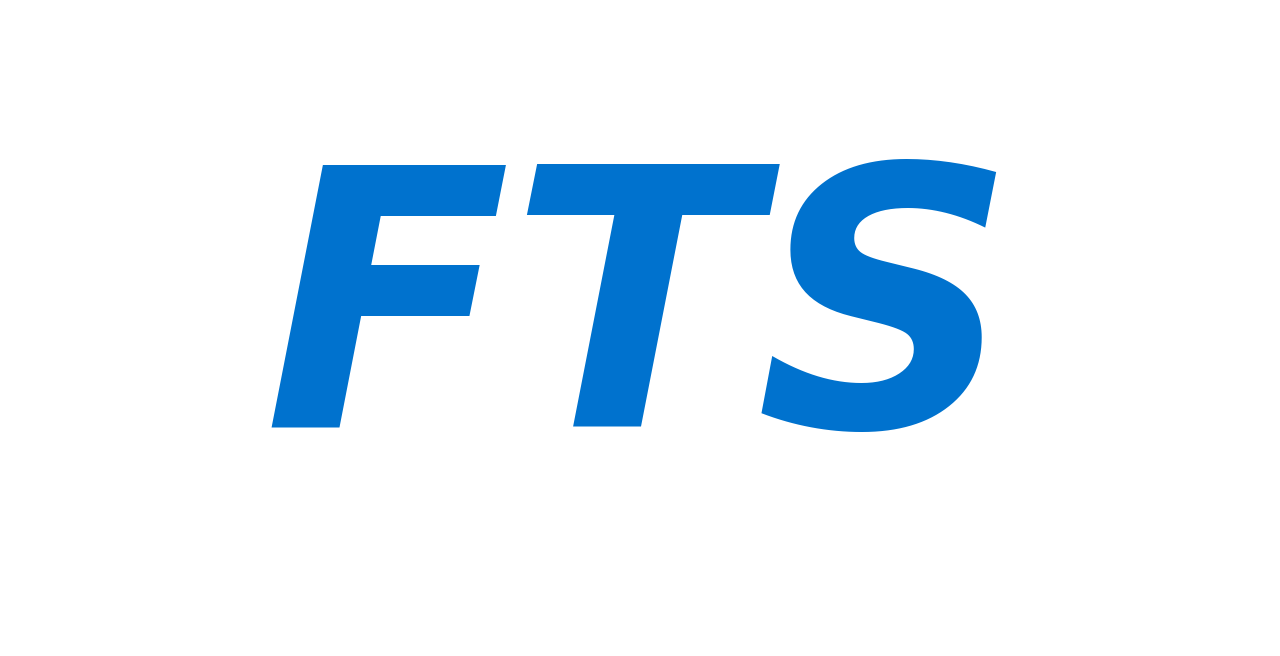Consumer Duty for PE/VC: Designing Positive Friction in Investor Journeys
Why this matters
Attention on mis-selling risks and semi-liquid offerings has surged. Under Consumer Duty, firms must demonstrate that investor journeys lead to good outcomes - which means adding positive friction where it improves comprehension and suitability.
What “positive friction” means
Small, intentional pauses that help investors:
Understand illiquidity and risk drivers.
Confirm eligibility and experience.
Make informed choices without coercion or dark patterns.
Five patterns that work
1) Eligibility before detail
Gate materials with clear routes (HNW, sophisticated, professional, employee). Require attestations and validations early.
2) Appropriateness checks
Short, scored assessments before data room access. Gate progress if the score is below threshold and serve a plain-English explainer.
3) Prominent, repeated warnings
Warnings at the start, at key decision points, and at subscription—contextual to the product’s illiquidity and risk.
4) Timed confirmations at high-risk steps
Brief “read & reflect” delays (2–5 seconds) on critical confirmations reduce accidental clicks without killing conversion.
5) Channel consistency
Synchronise language across emails, PDFs, webpages and the portal. No contradictions, no tone drift.
Journey blueprint (copy-and-paste)
Landing — who the product is for, key risks in plain English.
Gate — eligibility route + attestation (HNW/sophisticated/professional/employee).
Assess — appropriateness questions with pass/fail logic and tailored feedback.
Disclose — modular cards for fees, liquidity, valuation, conflicts; confirm to proceed.
Confirm — summary screen, unmissable warnings, time-boxed acknowledgement.
Aftercare — confirmation email, statements, support contact, and complaint route.
Evidence & audit
Store scores, clicks, timestamps, versions and approver IDs.
Generate evidence packs for reviews and diligence.
Run quarterly UX reviews to keep copy and placements current.
KPIs that signal success
Higher completion from eligible investors; lower ineligible attempts.
Fewer complaints/queries tied to misunderstanding of liquidity or fees.
Faster diligence because evidence is retrievable in minutes.
Takeaway
Positive friction isn’t about blocking investors—it’s about making the right investors move forward confidently. Treat it as a design system: consistent patterns, measurable outcomes, and audit-ready evidence.
